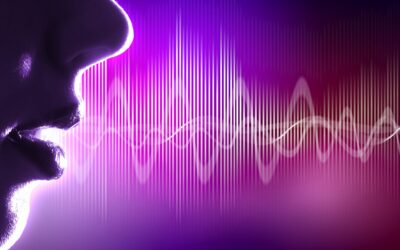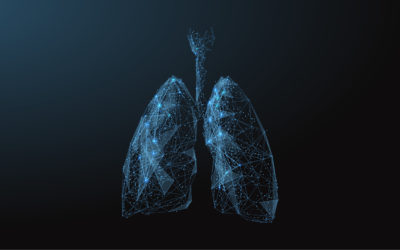Without question, one of the most challenging problems in neurodegenerative diseases is the ability to identify the presence of early brain changes, especially before clinical symptoms appear. This ability is key to developing and testing neuroprotective or even curative treatments for these devastating diseases. The problem is fueled by a number of factors. First, identifying pre-clinical symptoms and tracking their progression is tricky because patients are heterogenous and symptoms are likely to be within the range of normal variability early on. Second, clinical trials typically test participants during in-clinic visits, resulting in sparse sampling of symptoms. And finally, current tests for measuring disease are not sensitive to change.
Our team has just published a study in Nature Digital Biomarkers (Early detection and tracking of bulbar changes in ALS via frequent and remote speech analysis. npj Digit. Med. 3, 132) that directly addresses this challenge in amyotrophic lateral sclerosis (ALS), or Lou Gehrig’s disease, using speech analytics. We used our mobile speech data collection app called Speech Vitals to collect and analyze speech provided every day from patients with ALS from the comfort of their own homes and from their own personal devices.
Our results showed that clinically-relevant speech metrics, which we extracted automatically from the recordings, were able to identify early changes in the disease, well before the clinical standard, and to track those changes over time. Moreover, we found evidence of subtle impairment in participants with clinically normal speech, and a detectable decline in speaking ability, even in those with ALS whose symptoms began in their arms or legs.
Why are these findings important?
Historically, the clinical standard for measuring disease progression in ALS was a 13-item questionnaire called the ALS functional rating scale, or ALSFRS-R. The items cover a range of life activities: walking, dressing, writing, swallowing… and speech. Each of these activities is rated using a coarse 5-point scale that covers the entire range of function. In the case of speech, the 5 points cover the range from ‘normal speech’ to ‘loss of intelligible speech’. Speech production and intelligibility can change substantially without triggering a point drop on this scale. In our approach, we were able to extract finer-grained measures of speech features that are known to be affected by ALS. This ability is critical for identifying subtle changes in neurological health that “fly under the radar” with the ALSFRS-R scale.
A second important contribution of our work has to do with finding differences in two subgroups of ALS patients in our study. In early ALS, patients tend to present with symptoms in either the muscles of the head and neck (cranial nerve distribution, or “bulbar onset”) or in the muscles of the limbs (spinal nerve distribution, or “limb onset/non-bulbar-onset”). This diagnostic distinction is important because the course and prognosis of the disease tends to differ between these two symptom onset sites. Bulbar-onset ALS is less common, representing 30% of cases, but requires more intensive patient management. Those with bulbar-onset ALS have early trouble with speaking and swallowing because of weakness in muscles of the tongue, palate, throat and vocal folds, and progress more quickly, impacting quality and duration of life. Our speech measures were able to distinguish between bulbar- and non-bulbar-onset patients, as would be expected because bulbar-onset patients have weakness in the muscles needed for speaking. But perhaps more importantly, our speech measures showed subtle deficits, relative to healthy control participants, in patients with non-bulbar-onset ALS, for whom speech was deemed normal by ALSFRS-R ratings. This suggests a continuum of deficits across ALS subtypes that we will now be able to study and characterize in greater detail. The ability to track markers of speech changes in a remote, objective, repeatable way allows for finer outcome tracking in clinical trials, and for better, more efficient patient management in the clinic. As far as we know this is the first study that shows how speech collected at-home every day can be used to track disease progression; it opens the door for using the same technology in other neurological conditions impacting speech and language production.




